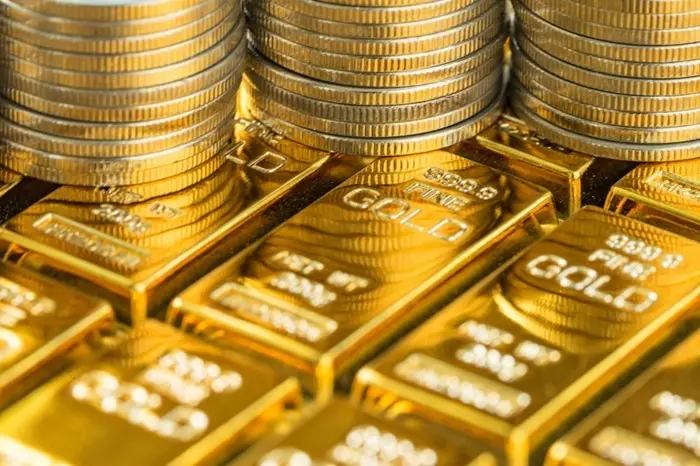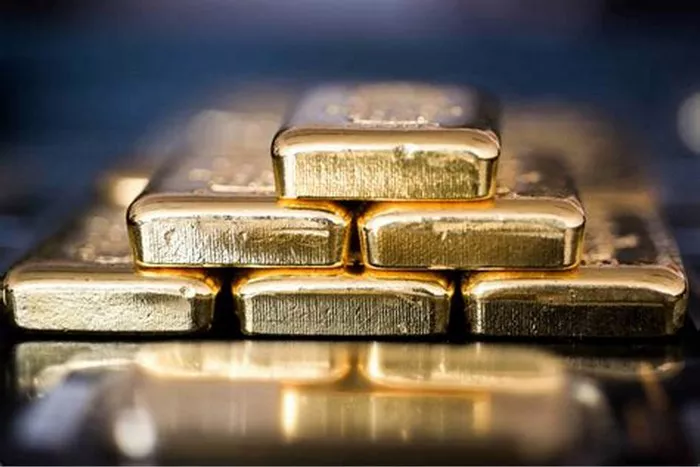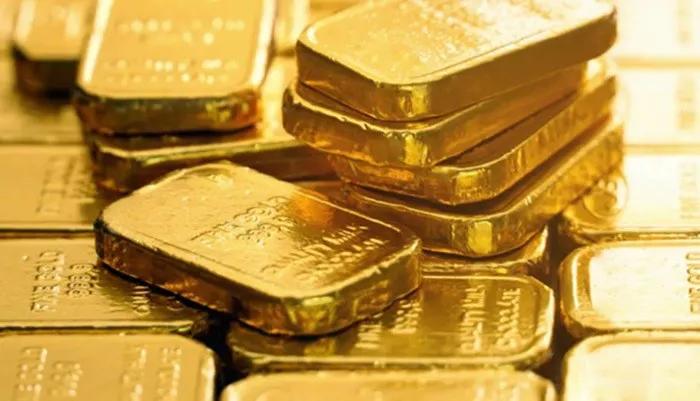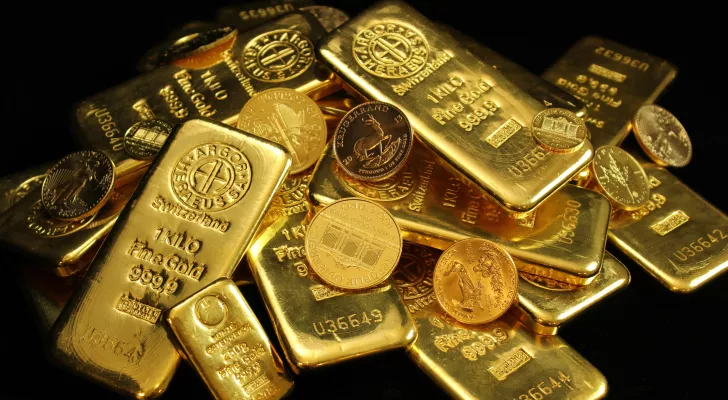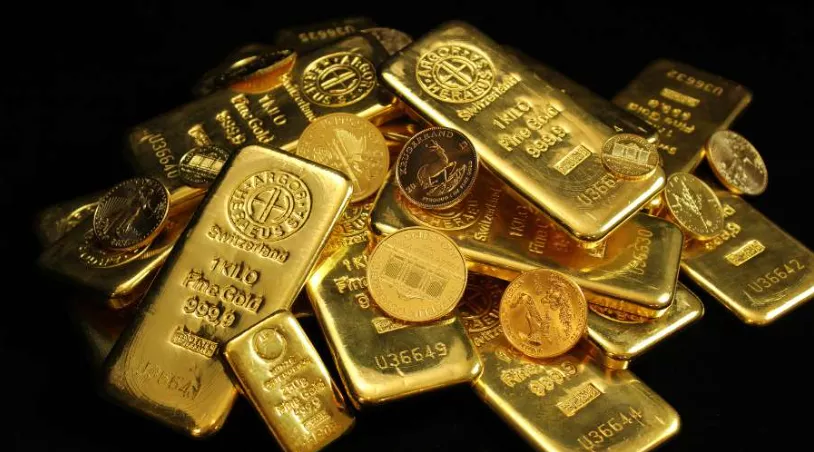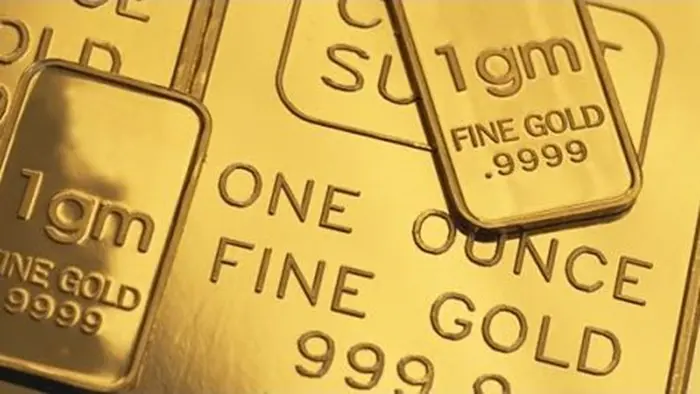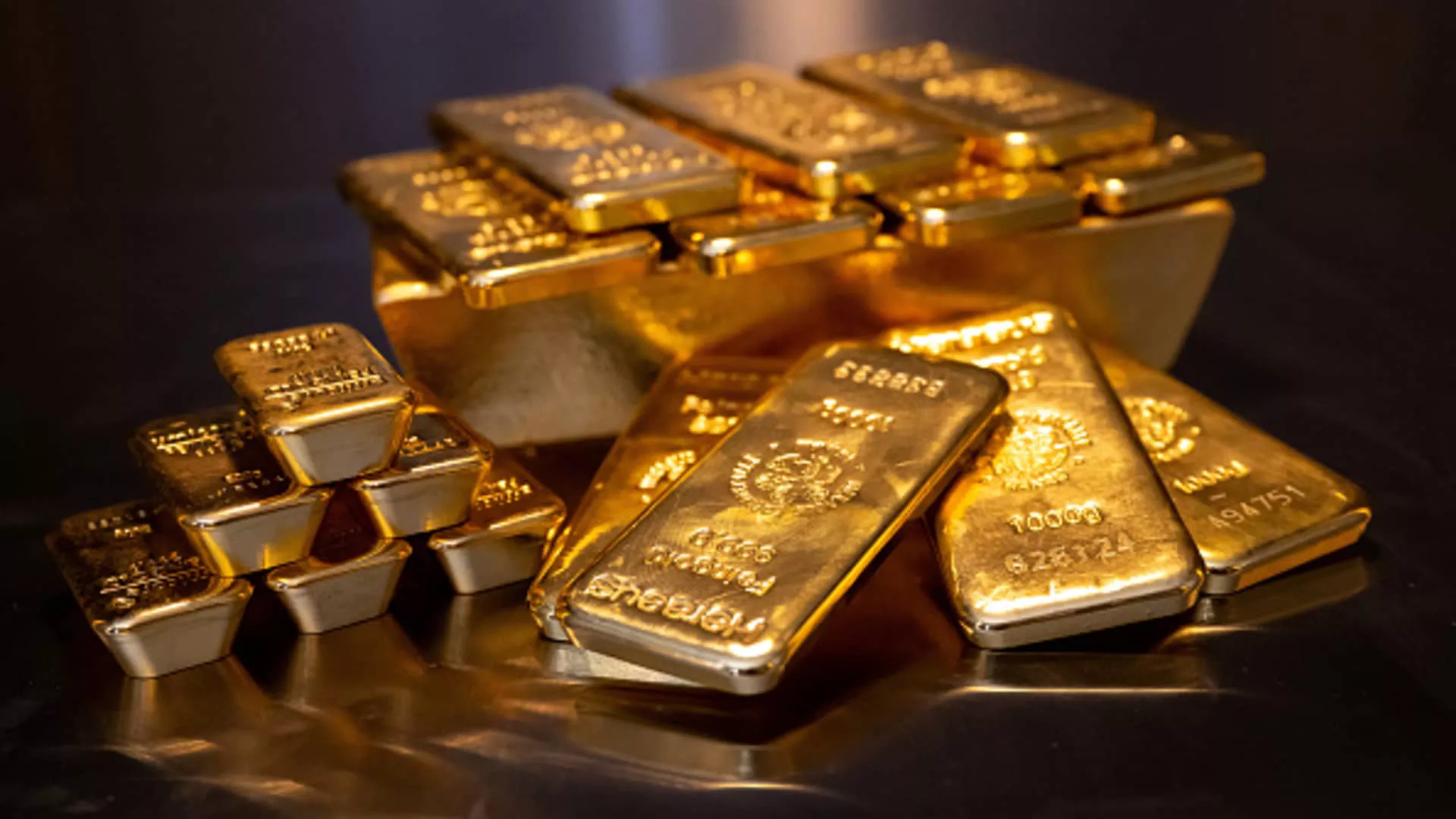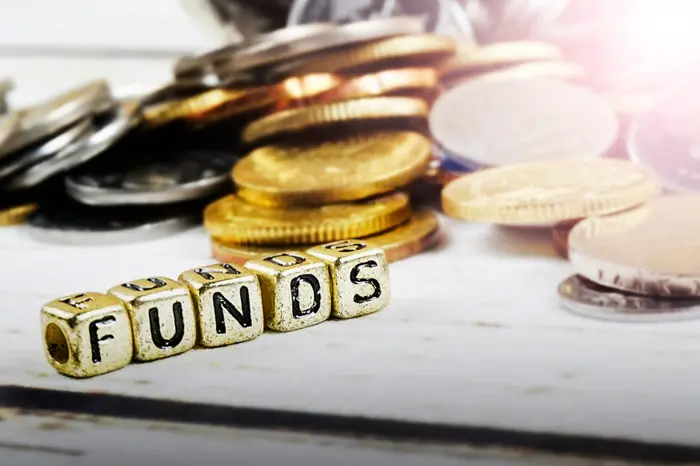Gold coins have fascinated collectors and investors for centuries. Among the many types of gold coins, the one dollar gold coin holds a special place in history and value. This article will explore the worth of a one dollar gold coin, the factors influencing its value, its historical significance, and tips for buying and selling these coins.
Understanding the One Dollar Gold Coin
What is a One Dollar Gold Coin?
The one dollar gold coin is a piece of currency minted in the United States. It was primarily produced in the late 19th and early 20th centuries, specifically between 1849 and 1889. These coins were made of gold and had a nominal value of one dollar. However, their actual worth can vary greatly based on several factors.
Historical Background
The one dollar gold coin has a rich history tied to the gold rush and the desire for a reliable currency. Gold was discovered in California in 1848, leading to a massive influx of gold and the subsequent minting of gold coins. The one dollar gold coin was designed to provide a small denomination of gold currency for everyday transactions.
Factors Affecting the Value of One Dollar Gold Coins
The value of a one dollar gold coin is not fixed; it fluctuates based on various factors. Here are the key elements that determine the worth of these coins:
1. Gold Content
The intrinsic value of a one dollar gold coin is primarily based on the gold content it contains. The most common one dollar gold coins, such as the Liberty Head and the Indian Head, contain approximately 1/20th of an ounce of gold. As the price of gold fluctuates in the market, the value of these coins will also change.
2. Condition of the Coin
The physical condition of the coin plays a significant role in determining its value. Coins are graded on a scale from poor (P-1) to perfect (MS-70). A well-preserved coin in mint condition will fetch a higher price than one that is worn or damaged.
3. Rarity and Demand
Rarity is a critical factor in coin valuation. Some one dollar gold coins were minted in limited quantities, making them more desirable to collectors. Additionally, demand from collectors can drive prices up. Coins that are scarce and in high demand can command premium prices.
4. Market Trends
The coin market is influenced by broader economic trends. Factors such as inflation, interest rates, and economic stability can affect the demand for gold and gold coins. When economic uncertainty rises, investors often flock to gold as a safe haven, driving up the price of gold coins.
5. Historical Significance
Coins with historical significance often carry additional value. If a one dollar gold coin has an interesting story or was part of a notable event, it can appeal to collectors and historians, leading to higher prices.
Current Market Value of One Dollar Gold Coins
Recent Prices
To determine the current market value of one dollar gold coins, it’s essential to look at recent sales and market trends. As of the latest reports, one dollar gold coins can range in price from around $100 to over $500, depending on the factors mentioned above. Here are some recent examples:
Liberty Head One Dollar Gold Coin (1849-1889): In average condition, these coins typically sell for around $200 to $300, while pristine examples can exceed $1,000.
Indian Head One Dollar Gold Coin (1907-1933): These coins often sell for $300 to $600, with rare varieties fetching even higher prices.
Comparing with Other Gold Coins
One dollar gold coins are not the only gold coins in the market. Other denominations, such as the half eagle ($5), eagle ($10), and double eagle ($20), generally carry higher intrinsic values due to their larger gold content. However, one dollar gold coins can be more accessible for beginner collectors.
How to Buy One Dollar Gold Coins
Tips for Buying
If you’re interested in purchasing one dollar gold coins, here are some essential tips to keep in mind:
Research: Understand the different types of one dollar gold coins and their historical significance. Familiarize yourself with the current market prices and trends.
Choose Reputable Dealers: When buying coins, choose reputable dealers or auction houses. Look for dealers who are members of recognized numismatic organizations.
Check Authenticity: Ensure that the coins you are buying are authentic. Look for certifications from reputable grading services like the Professional Coin Grading Service (PCGS) or Numismatic Guaranty Corporation (NGC).
Inspect Condition: Always inspect the condition of the coin before purchasing. Look for signs of wear, scratches, or damage.
Understand Pricing: Be aware of the premium prices that may be charged above the intrinsic value of the gold. This premium can vary significantly based on rarity and demand.
Where to Buy
One dollar gold coins can be purchased from various sources, including:
Coin Shops: Local coin shops often have a selection of gold coins available for purchase. Visiting a shop allows you to inspect coins in person.
Online Dealers: Many online retailers specialize in gold coins. Ensure that you choose a reputable dealer with positive reviews.
Auctions: Coin auctions can be an excellent way to find rare or unique one dollar gold coins. Participate in live or online auctions to place your bids.
See Also: What is the QuantiFERON Gold Test?
How to Sell One Dollar Gold Coins
Tips for Selling
If you decide to sell your one dollar gold coins, consider these tips:
Get a Professional Appraisal: Before selling, have your coins appraised by a professional to determine their value accurately.
Choose the Right Time: Timing can impact the price you receive for your coins. Monitor gold prices and market trends to identify the best time to sell.
Sell to Reputable Dealers: When selling, choose reputable dealers who offer fair prices. Avoid selling to pawn shops or untrustworthy buyers.
Consider Online Platforms: Online marketplaces can be an excellent option for selling coins. Ensure that you provide accurate descriptions and photographs of your coins.
Where to Sell
There are several avenues for selling one dollar gold coins:
Coin Shops: Many local coin shops buy gold coins directly from individuals. You may receive a lower price than through other channels, but it can be convenient.
Online Auctions: Websites like eBay allow you to auction your coins to a broad audience. Be sure to set a reserve price to ensure you get a minimum amount.
Coin Shows: Attending coin shows can provide an opportunity to sell your coins to collectors and dealers. It also allows you to network and learn about the market.
Conclusion
The value of a one dollar gold coin can vary significantly based on factors such as gold content, condition, rarity, demand, and market trends. Currently, these coins can range in price from $100 to over $500, making them an accessible option for collectors and investors alike.
When buying or selling one dollar gold coins, it is crucial to conduct thorough research, choose reputable dealers, and understand market dynamics. With the right knowledge and approach, investing in one dollar gold coins can be a rewarding experience, both financially and historically. As interest in gold and its historical significance continues, the one dollar gold coin remains an intriguing option for collectors and investors alike.
Related topics:

